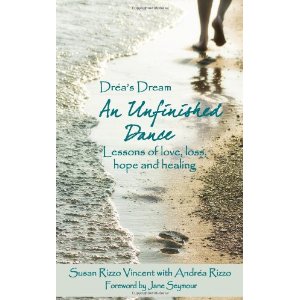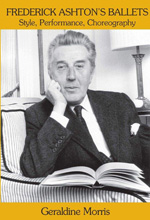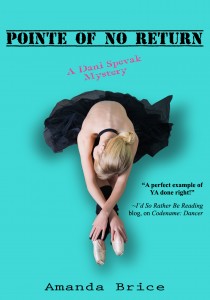 What’s it like to lose your only daughter? When Susan Rizzo Vincent’s eighteen-month-old, Andrea, was diagnosed with neuroblastoma, Susan was terrified she would find out. Months of treatment and years of struggle later, Andrea grew up to be an effusive, tenacious, compassionate young woman; an educator with a dream of giving special needs children and pediatric cancer patients a second change at happiness. Tragically, Andrea was killed by a drunk driver in a hit-and-run accident just nine months after landing her first teaching job in a special-needs preschool classroom.
What’s it like to lose your only daughter? When Susan Rizzo Vincent’s eighteen-month-old, Andrea, was diagnosed with neuroblastoma, Susan was terrified she would find out. Months of treatment and years of struggle later, Andrea grew up to be an effusive, tenacious, compassionate young woman; an educator with a dream of giving special needs children and pediatric cancer patients a second change at happiness. Tragically, Andrea was killed by a drunk driver in a hit-and-run accident just nine months after landing her first teaching job in a special-needs preschool classroom.
An Unfinished Dance relates three stories. One is Andrea’s history and legacy, told with emotional intensity by her mother. The second is Susan Rizzo Vincent’s: her attachment to her daughter, her confusion at the senselessness of Andrea’s death, and her reconciliation and healing process. The third is the story if the Andrea Rizzo Foundation and Drea’s Dream pediatric dance therapy program, which brings dance/movement therapy to children in over twenty hospitals and schools nationwide.
This book also serves as an aid to families struggling with loss themselves; following each chapter are words of encouragement and nuggets of wisdom from Susan Rizzo Vincent that address, among other things, assisting a child through learning difficulties, re-patterning social interaction after a loss, and the importance of allowing and inviting friends and family to provide support in times of struggle.
An Unfinished Dance is a touchingly vivid, sometimes painful read. It’s the story of a dance that continues through the work of the Andrea Rizzo Foundation and Drea’s Dream. More information about the Foundation’s work can be found at http://www.dreasdream.org/home/. More of Susan’s story is at http://www.susanrizzovincent.com/
You can purchase this book on Amazon.
Disclosure: Catherine L. Tully is on the Advisory Board for The Andrea Rizzo Foundation.










